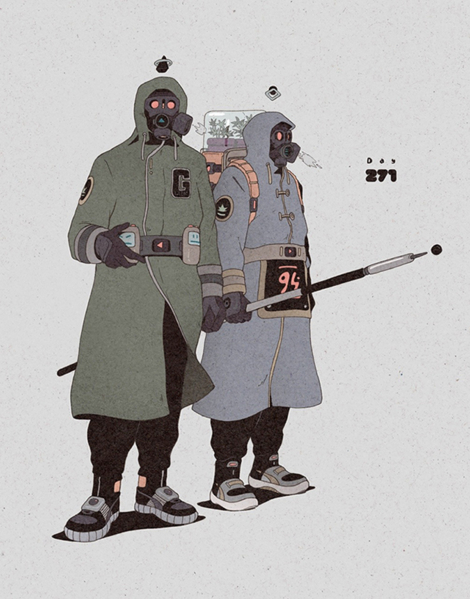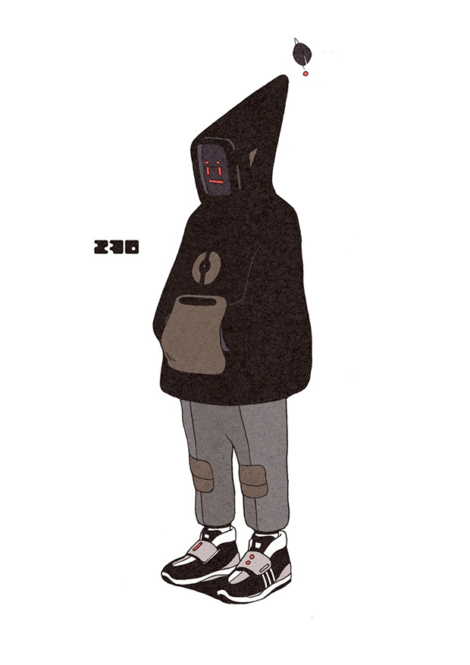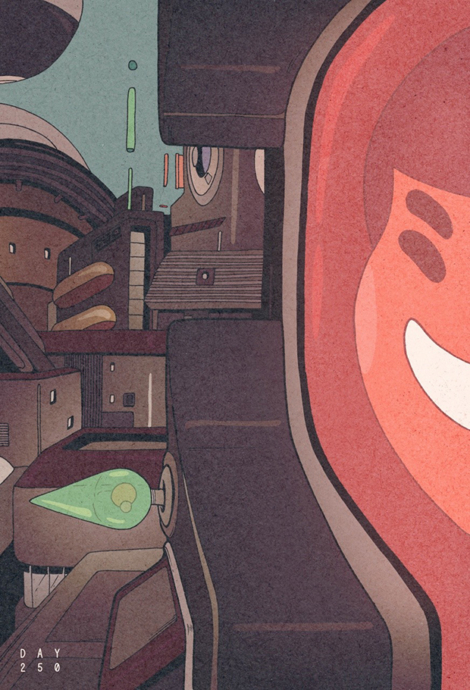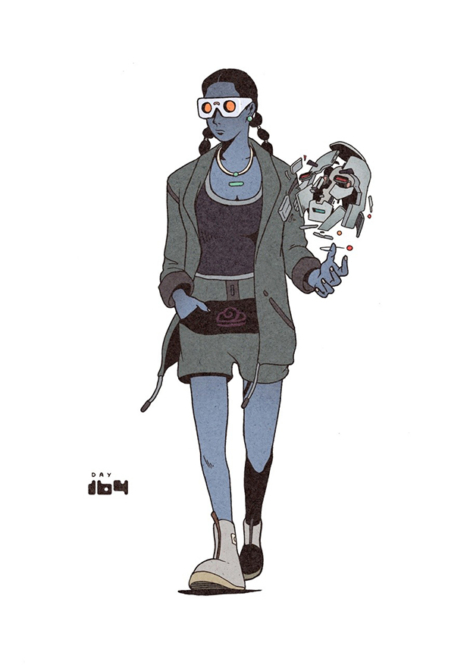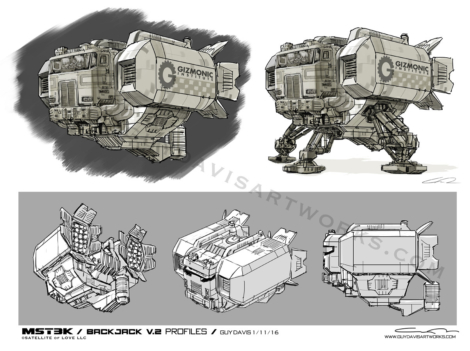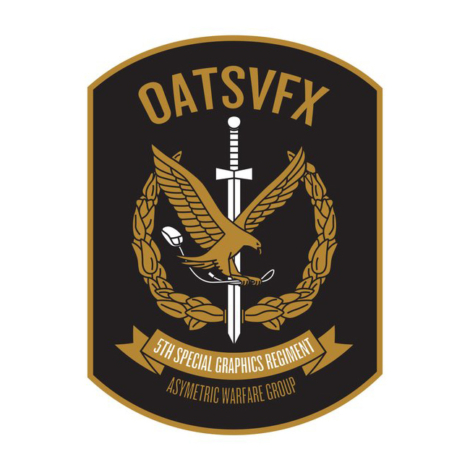Logged underNoted
Tyrell Corp Cap
Noted
04.17.2018
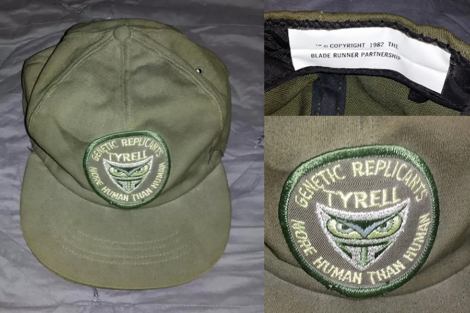
Spotted on eBay: A listing for an original Tyrell Corp cap, made by The Thinking Cap Company in 1982. In the film Blade Runner, this logo appeared in only one scene, where it could be briefly viewed on Dr. Eldon Tyrell’s robe.
The advertisement and order form for this cap appeared in Starlog Magazine, where it could be purchased for in one of a variety of colors, for $8.95 plus shipping and handling.
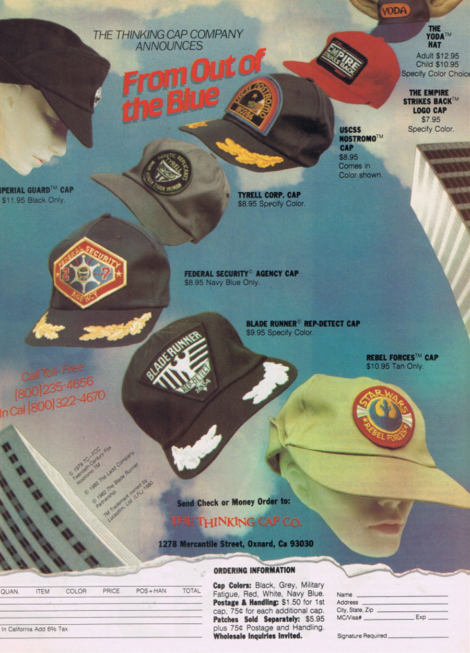
Unused Concept for 2015 Jacket
Noted
02.19.2018

In this Back to the Future Part II concept art for Marty McFly's 2015 jacket, by John Bell, we see a redesigned Nike logo that was not used in the film. There is also a Sony logo, presumably relating to the speakers that were built into this version of the jacket.
Source: Back to the Future: The Ultimate Visual History
Texaco
Noted
02.15.2018
From concept art for Back to the Future Part II, a futuristic service station robot featuring a redesigned Texaco logotype, by Ed Eyth.
Source: Back to the Future: The Ultimate Visual History.
Brown Research
Noted
02.14.2018

Unused Back to the Future Part II concept art depicting Doc Brown's futuristic mobile lab, which was in early drafts of the script. Logotype and vehicle design by Michael Scheffe.
Source: Back to the Future: The Ultimate Visual History
The Work of Wren McDonald
Noted
02.12.2018
Following illustrator and comics creator Wren McDonald, I've taken note of the variety of ways he has used marks in his science fiction-themed work. Some examples I'll share include the personal logo for SP4RX the hacker (worn on the arm of his jacket), the ubiquitous logos that appear in depictions of cyberpunk environments, and the eye symbol worn by soldiers in his comic Dirt Dart. These are just a few, and I'm hoping to add the more significant instances to the Speculative Identities Research at some point in the future.
In the meantime, to see more of Wren's work visit the following links.
Wren McDonald's Website · Tumblr · Instagram
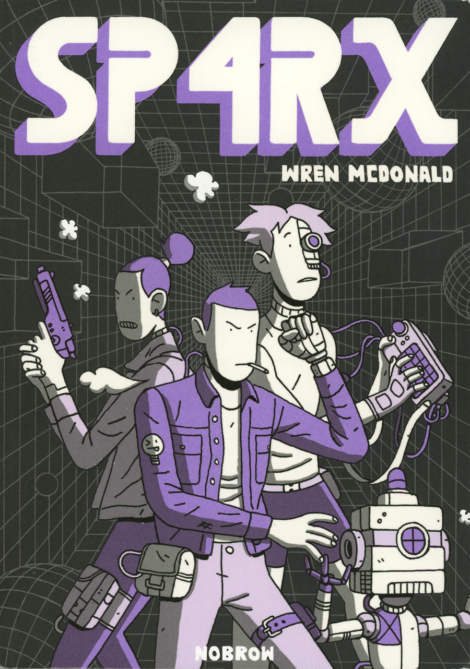
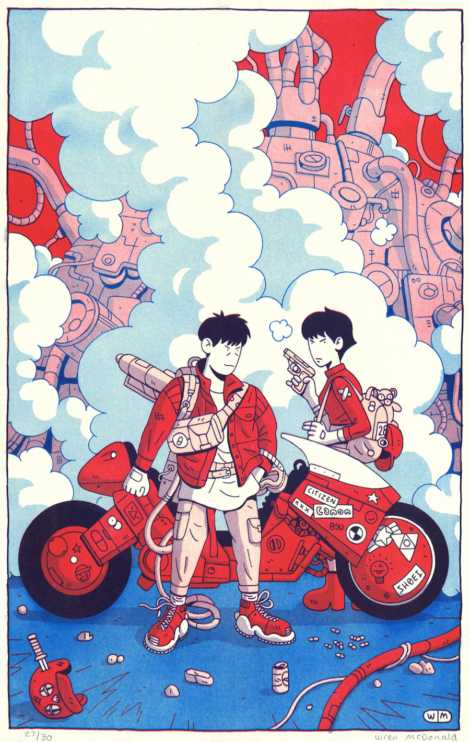
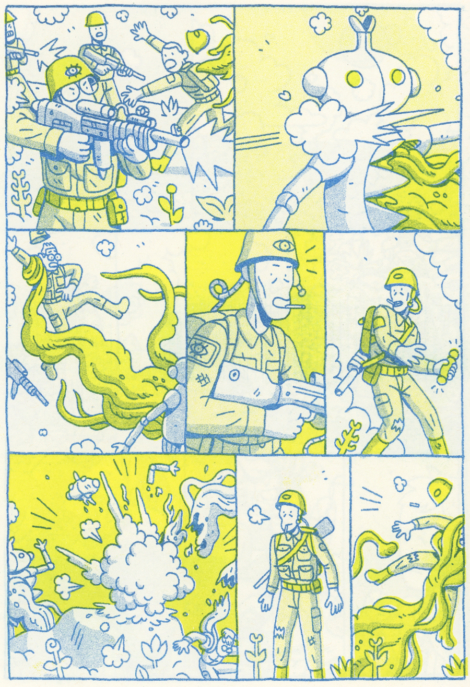
Art of Atari
Noted
02.08.2018
Perusing the pages of Art of Atari, a fantastic retrospective book collecting Atari artwork from cartridges, packaging and other marketing material, I noted several marks that appeared in art produced for their science fiction games. Video game art, even in its early days, definitely seems like a source I should investigate further.
Source: Art of Atari
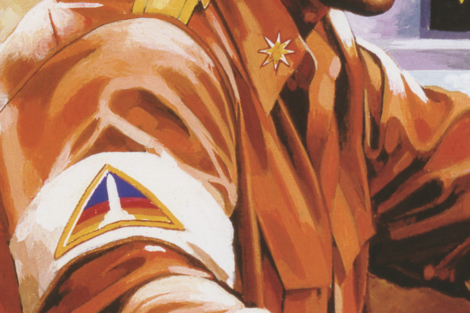
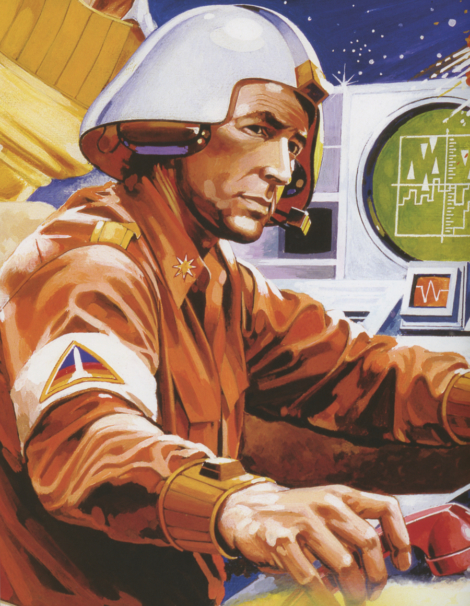
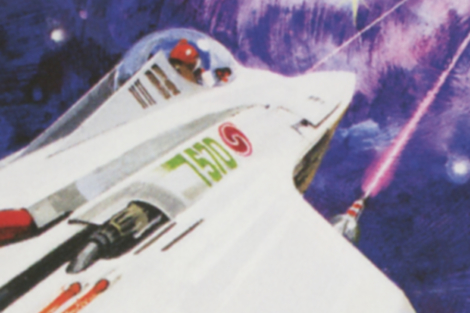

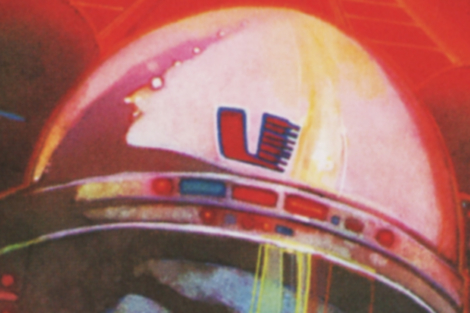
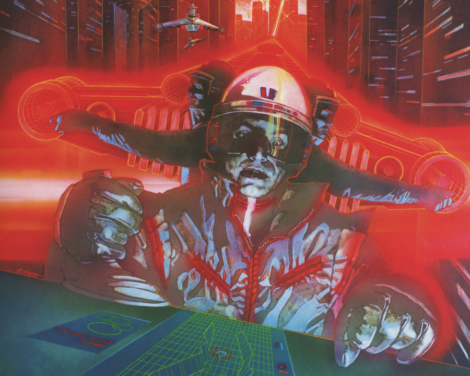
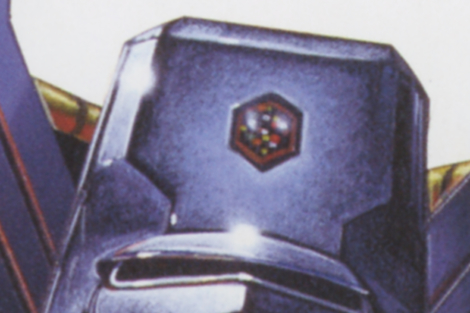
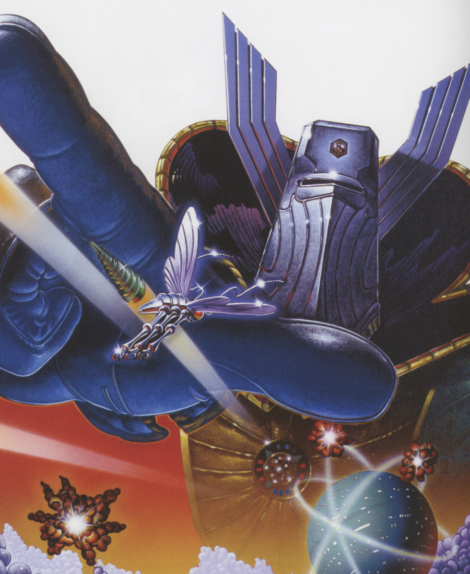
Sketches by Simon Roy
Noted
02.06.2018
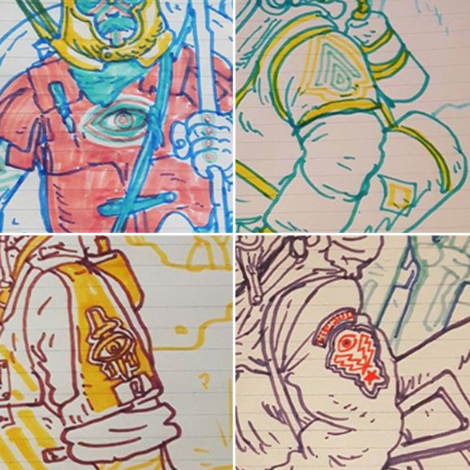
Comics creator Simon Roy has been sharing some interesting sketches on Instagram recently, featuring science fiction characters wearing various symbols and insignia.
Source: Simon Roy's Instagram
Dustrial Clothing
Noted
01.20.2018

"Futurism, geometry, astrophysics, cyberpunk, internet culture, the occult. These are some of the things that inspire me. Dustrial explores the parallels of science fact and science fiction over the last hundred years. How it shapes our perception of the past, present and future."
—
I've followed Dustrial for a while now, and have noted the regular appearance of logos on their science fiction-inspired clothing, whether it be their own inventions or parodies of existing marks — not to mention Dustrial's own scifi-inspired identity, pictured above.
Find them at the following links:
DREAMED NATIVE ANCESTRY (DNA)
Noted
01.12.2018
Arts Catalyst presents Dreamed Native Ancestry (DNA) by artist-led group Mission//Misplaced Memory, an installation and programme critically addressing and re-thinking contemporary issues around race, migration, biopolitics and culture, through an Afrofuturist science fiction narrative and deep history perspective.
THE MISSION //The (DNA) Catchers have travelled back from the future. There, the human population is dying out due to a quest for genetic homogeneity, which has led to a weakened and disease-prone human race. Cultural accumulation has ceased and humanity’s knowledge growth, technological advancement and story-making capabilities have come to a standstill. Future humanity is on the brink of extinction. The (DNA) Catchers are tasked to travel through time, collecting samples, stories and knowledge from the cultural and genetic richness of humanity’s past – particularly at points of concentrated migration and cultural exchange – to deposit in a vast human memory vault that will re-seed the human race of the future.
London – King’s Cross – 2017 has been identified as one key centre of migration and culture in human history, with the crew set to land their Mission Ship here at the Arts Catalyst Centre in November 2017 to January 2018. Visitors are invited on board to join discussions, retrieve their own memories of ancestry and migration, and to contribute to a physical and sonic data bank of stories and memory//.
Source: Arts Catalyst
The Work of Dirty Robot
Noted
01.11.2018
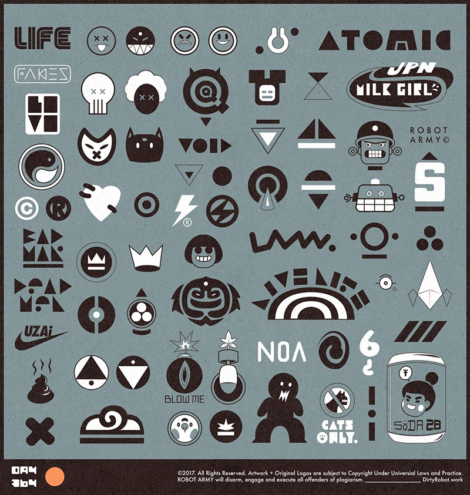
In the scifi-themed art of illustrator Daniel Isles, aka Dirty Robot, logos both real and imagined are a regular feature. So much so, that on the 364th day of his Drawing a Day Project, he posted this great assembly of marks pulled from those illustrations.
You can see some of the drawings they appeared in below, and check out more of his work at the following links.
Dirty Robot · Tumblr · Instagram
